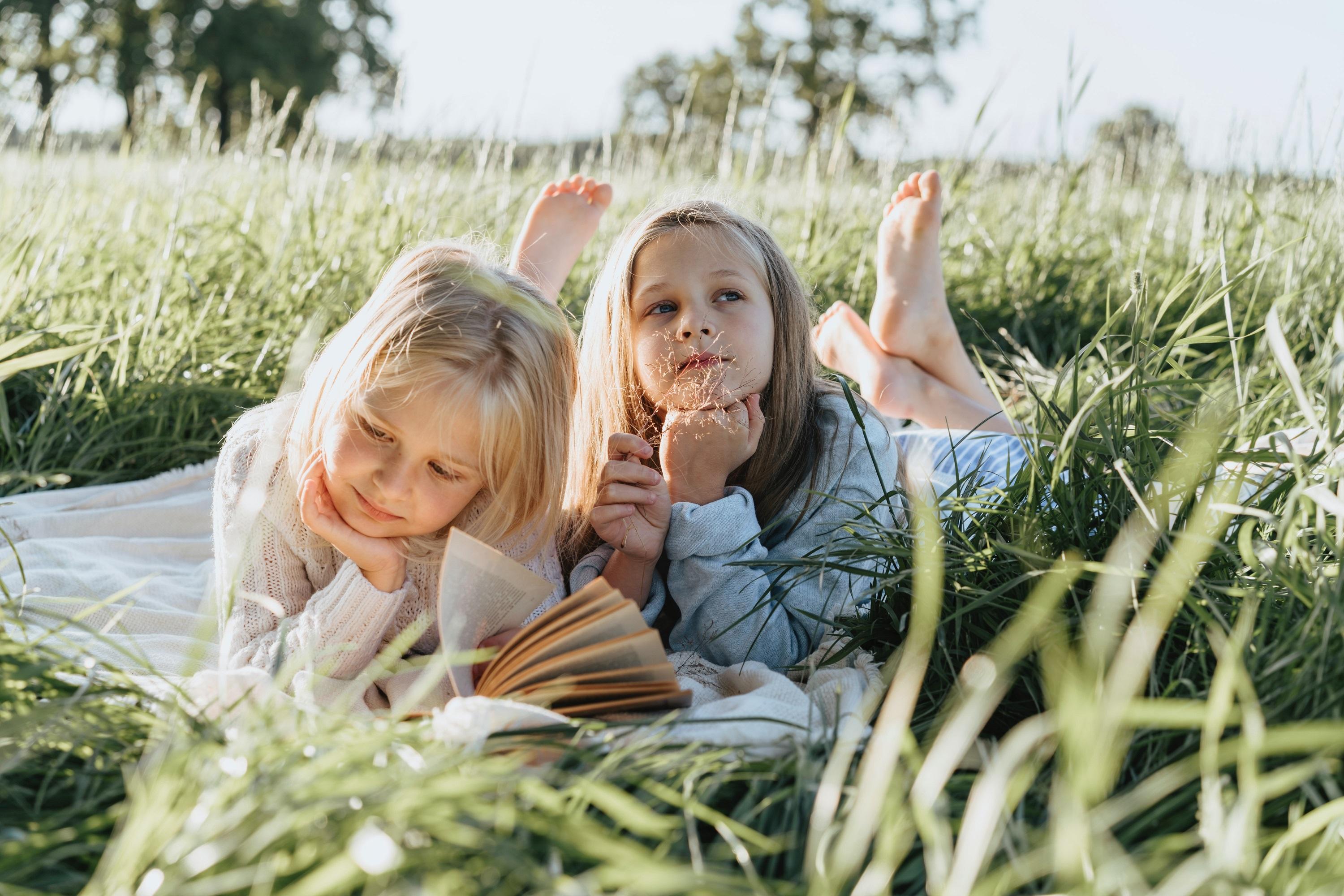- Home
- »Articles
- »Wellness
- »Mindfulness
- »Resources to Support Children to Learn Mindfulness



Resources to Support Children to Learn Mindfulness
7 July 2023
Mindfulness is the practice of centering your thoughts on the present in order to understand and control your own emotions. Practising mindfulness can bring many benefits, and works just as well with children as it does adults. It’s a technique that will help children get through negative experiences and situations. It also increases the ability to focus and learn, leads to better behaviour and brings several positive physical benefits, too. So, how can your child learn mindfulness? Here are some resources that can help.
Classes
Like most things, one of the best ways to learn something is to have a teacher, at least to begin with. It’s possible for your child to teach themselves mindfulness, but guidance from a practitioner will be the quickest, most effective way to pick up the techniques properly. As mindfulness becomes increasingly popular, many private practitioners and bigger organisations running one-to-one and classes have appeared. Calm for Kids and Youth Mindfulness are two organisations that run physical classes in multiple locations across the country. Classes can also be taken through Zoom and other conference apps, meaning children can access mindfulness instruction from anywhere.
Online resources
Some websites, such as mindful.org, have dedicated sections of their websites explaining mindfulness for kids. Other sites and apps have videos and resources that children can watch which explain and walk them through a variety of mindfulness techniques. Headspace is a great app that gives children a daily mindfulness routine. Waking Up is another app that guides children to meditate using videos. Breathe, Think, Do with Sesame Street is an excellent online resource (plus, you know you’re in good hands with Sesame Street). GoNoodle offers free, engaging mindfulness videos, and Children in Need’s Mindfulness Hub features the ever-popular Dr Ranj leading accessible, quick videos that help children learn mindfulness.
Books
There are several fun and engaging books that explain mindfulness to children. Some are fiction books, telling a story that highlights the key principles of mindfulness, whereas others are non-fiction, self-help books that do the job of fully teaching the techniques and ideas to children.
Alphabreaths: The ABCs of Mindful Breathing is a great introduction for very young children. Each letter of the alphabet introduces a simple and effective technique - such as “b for butterfly breaths” - that helps children build their mindfulness repertoire.
What Does it Mean to be Present? is a great book that explains the basic concepts of mindfulness in accessible, child-friendly terms. It gives some great, relatable examples for children, such as cuddling a dog or smelling the rain.
Breathe Out is a book for older children and teenagers that gives practical advice and information on mindfulness techniques. It’s written well, considering all the usual anxieties that children of this age will feel, and is set out like a journal, allowing children to really take control of their mindfulness journey.
Mindfulness for Kids: 50 Mindfulness Activities for Kindness, Focus, and Calm
This is a pack of cards featuring different mindfulness techniques and activities. They’re beautiful to look at and the activities are fun and engaging. The deck is split into sections relating to moods, so children can select an activity based upon how they are feeling. This is the perfect scaffolding resource to support them to recognise their own emotions and learn how to deal with them.
